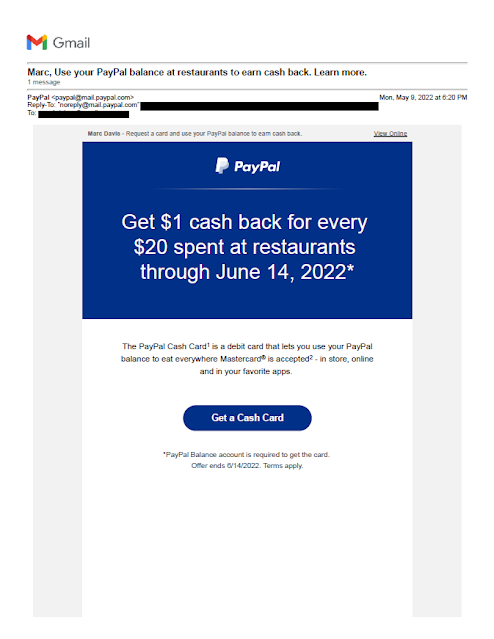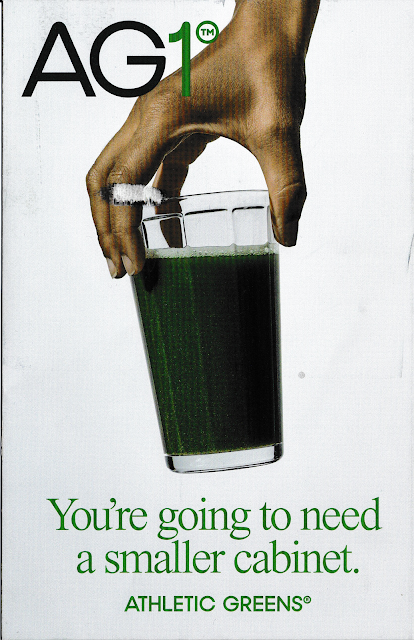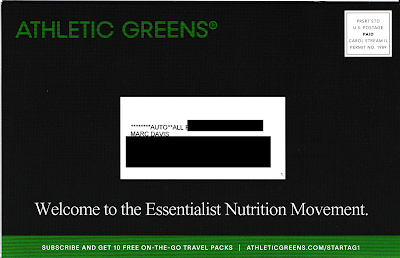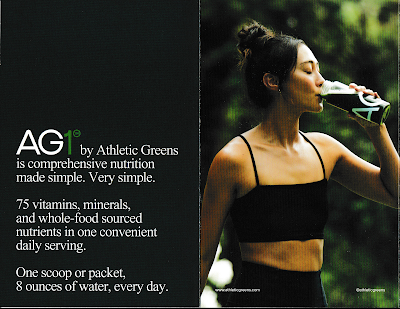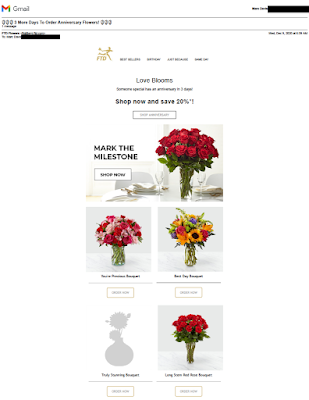Last week, I received this flyer:
 |
SpotHunter flyer
1-sided. Copy appears at a bit of a slant |
It arrived in a
blind envelope addressed to the impersonal "Current Resident." It is obviously marketing mail. IMHO, it has all the makings of low-end j--- mail. (I'm not writing out the word because I avoid inappropriate 4-letter words on this blog.) The envelope appears impersonal, it has no return address, and it includes a spotty-looking postage permit stamp.
 |
Simple Blind Outer Envelope.
No return address. |
I opened it because, well, I love direct mail marketing. But would a typical consumer open it? I don't think so. I noticed several of the same pieces -- addressed to "Current Resident" at other units in my building -- placed in a well-named trash receptacle located in the mailroom.
 |
Mailroom Trash Receptacle
(Inappropriate 4-letter word blacked out) |
Inside, there is an impersonal flyer for an app called SpotHunter. The headline reads "Have Trouble Finding Open Street-Parking? Let Us Help." In this context, the hyphen between "Street" and "Parking" is improperly placed. Plus, there's no period at the end of the headline's second sentence. These types of errors may appear minor; however, this type of errors often subconsciously distracts readers from the content and reduces confidence in the product itself. That is a minor Fail for Creative.
Overall, the flyer appears to clearly convey a message: Use this app to find parking and help other people find parking spots.
Is this really going to work? I don't know. What I do know is that in most of New York City, open parking spots are hard to find and disappear quickly. New Yorkers get into fist fights over parking spots. Even if an app yells "There is an open parking spot 3 blocks away!", the spot may not be open when the driver arrives there two minutes later. And let's not forget that touching your mobile phone while driving is illegal in New York. So, if one cannot utilize the app while driving and a driver cannot expect that a spot appearing on the app is truly available, how useful is it? I guess the app needs scale to be useful; however, the more people that use the app to find parking, the more people are going to go after that precious parking spot a few blocks away.
Well, I can't try out the app -- for me, it is currently useless. It is available only on iPhones, and my phone uses the Android operating system. In fact, about half of the mobile phones in use today are using the Android operating system. So, upfront, half the people who received the mail cannot use the product. That's a Fail for Targeting.
Given that it appears everyone in my Queens building received the flyer, I assume SpotHunter carpet-bombed the neighborhood. That's another mistake, because many people in Queens do not have cars. They use mass transit to get around. According to NYCEDC, 62% of Queens residents have cars. In my neighborhood, that percentage is closer to 40%. So that means about half of the 40% people receiving the mail cannot use the product, e.g. 80% of the mail is truly j---, furthering the Fail for Targeting.
If I were responsible for a marketing campaign for SpotHunter, I would first suggest not using direct mail. Consider perhaps a guerrilla marketing campaign such as placing flyers on cars parked in the neighborhood. Annoying, yes, but at least you are reaching people who have cars to park. A highly geotargeted online effort could also be a good use of limited spend. Some social media platforms allow you to target people who self-identify as having cars. Or consider targeting based on attributes likely to be associated with car use. Then segment down to the type of operating system being used.
If I were required to utilize direct mail without targeting, I would:
- Create a simple postcard that conveys the sales proposition. One side would include the headline benefit statement with a visual supporting message, while the address side would include supporting benefit statements and the call to action to Download the app for free.
- Or, create a flat and geographically target homes with residents likely to benefit from the app using the USPS Every Door Direct Mail tool.
- Drop mail as soon as the app is available for Android.
Lessons:
- Make sure your content is free of grammatical errors.
- If your app is available only on an iPhone, you are missing half the market.
- If your mail has a simple message, consider a postcard rather than a flyer in an envelope.
- If you are targeting geographically rather than individually, consider using the Every Door Direct Mail service from the US Postal Service.

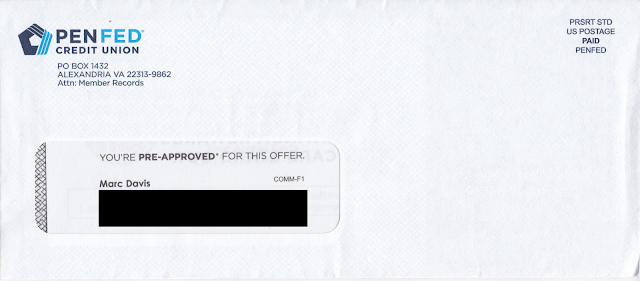

.png)






